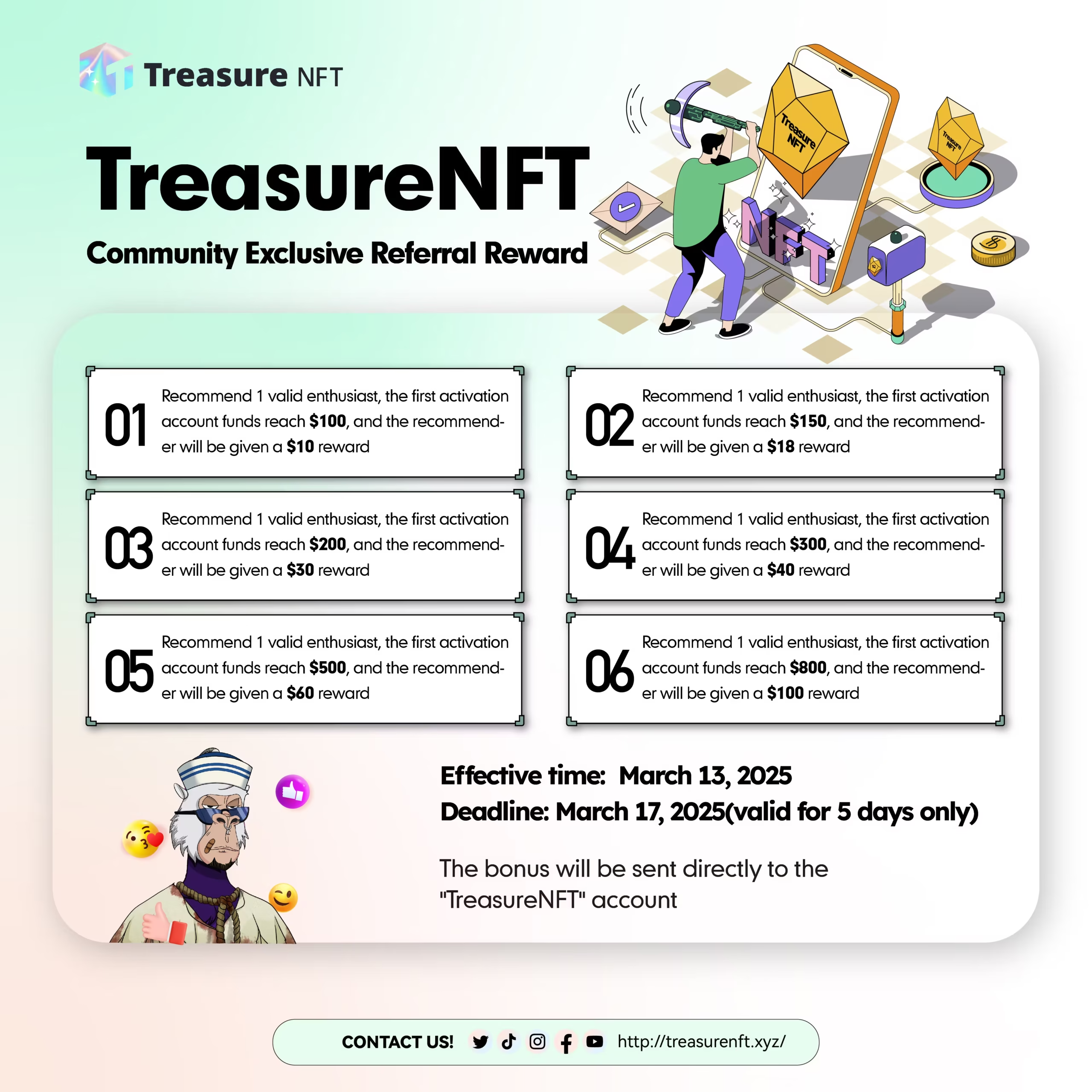Understanding Gimkit and Its Role in Education
Gimkit is an interactive learning platform designed to foster engagement and motivation among students through gamified educational experiences. Developed by a high school student, the platform allows educators to create and facilitate quiz-style games that can be tailored to various subjects and learning levels. The essential features of Gimkit include customizable quizzes, real-time progress tracking, and a user-friendly interface that makes it easy for both teachers and students to navigate the platform effectively.
One of the primary benefits of using Gimkit in the classroom is its ability to transform traditional learning methods into dynamic, game-like experiences. Students often display increased enthusiasm when participating in quizzes that incorporate elements of competition and collaboration. The gamification aspect not only captures their attention but also promotes a deeper understanding of the subject matter, as students are more inclined to retain information when it is presented in an engaging format. Furthermore, Gimkit allows for a wide variety of question types, including multiple-choice, true/false, and short answer, catering to diverse learning preferences.
The role of a Gimkit host is crucial in maximizing the potential of this innovative platform. As a host, the educator is responsible for setting up and facilitating the game, guiding students through the learning process, and ensuring that the experience remains both educational and enjoyable. Effective hosting involves not only technical proficiency in navigating the Gimkit interface but also the ability to engage students and encourage participation. A skilled Gimkit host can create an atmosphere where students feel comfortable expressing their ideas and asking questions, ultimately enhancing their overall learning experience.
In conclusion, understanding the mechanics of Gimkit and embracing the role of a Gimkit host can significantly impact a classroom’s educational dynamics. By leveraging its features, teachers can transform learning into an exciting adventure for their students, leading to improved outcomes and a more enriching educational environment.
Setting Up Your Gimkit Host Account
Establishing your Gimkit host account is the foundational step towards a successful gaming experience. To commence the registration process, visit the official Gimkit website. Here, you will find a clearly labeled ‘Sign Up’ button. Clicking this will direct you to the registration form, where you will need to provide a valid email address, create a secure password, and input basic information like your name. Once you have filled out the necessary fields, submit the form to create your account. A confirmation email will be sent to the provided address; ensure to verify it to activate your account.
After authenticating your account, log in to access your dashboard. This area is where all the action begins for a Gimkit host. Familiarize yourself with the interface to navigate the various options available. The first crucial setting to adjust is the game mode. Gimkit offers several engaging modes, such as Classic, Trusted, and Team modes, each designed to foster a different type of interaction among players. Selecting the appropriate mode based on your audience’s preferences will significantly enhance the gaming experience.

Customizing game settings is equally important. You can adjust parameters such as question speed, power-ups, and the maximum number of players. Tailor these settings to create an engaging environment. Before hosting the game, it’s essential to conduct a test run to identify and troubleshoot any potential issues. Ensuring that your internet connection is stable and that all game settings are correctly configured can help facilitate a smooth gaming session. Address any common technical issues, including sound problems and connectivity glitches, to ensure that all participants enjoy uninterrupted gameplay. With these steps completed, you are well on your way to becoming an effective and engaging Gimkit host.
Creating Effective Gimkit Games and Questions
To become an effective Gimkit host, it is crucial to master the art of creating engaging games and well-crafted questions. The primary objective should be to develop content that captivates participants while also catering to their educational needs. A variety of question types can significantly enhance engagement. Consider incorporating multiple-choice questions, true-or-false statements, and open-ended responses. This diversity keeps the gameplay dynamic and caters to various learning styles, ensuring that all participants remain interested and invested.
Additionally, integrating multimedia elements such as images, audio clips, or videos can breathe life into your Gimkit activities. These elements not only make the learning experience more captivating, but they can also aid in reinforcing concepts and catering to visual and auditory learners. For instance, using a short video clip in a question can prompt students to analyze content critically, thereby fostering deeper understanding.
To accurately gauge student comprehension, it is advisable to employ strategies for assessing understanding through thoughtful game design. Utilize formative assessments embedded within the gameplay to identify knowledge gaps and adapt subsequent questions accordingly. Gathering feedback from players post-game can also provide insightful perspectives that contribute to improving future games, allowing you to tailor your approach to the needs of your audience better.
Creating a repository of well-crafted questions can serve as an excellent resource for recurring gameplay. Regular updates to these questions, based on student performance and interest levels, will not only enhance the quality of your content but also maintain a fresh and exciting learning environment. Through iterative improvement and the application of strategic insights, you can position yourself as a distinguished Gimkit host, ultimately enriching the educational experiences of your participants.
Engaging Your Participants as a Gimkit Host
As a gimkit host, maintaining participant engagement during a session is crucial for an enjoyable and productive experience. One effective approach is to foster a positive competitive environment. Encouraging friendly competition among players can instill a sense of excitement. To achieve this, set clear objectives and celebrate not just high scores but also the effort put forth by all participants. By promoting teamwork and camaraderie, players will feel more inclined to participate actively.
Additionally, it is essential to motivate less active players to engage more fully in the session. Strategies may include offering encouraging prompts, such as personalizing questions or acknowledging participation. Utilizing a variety of question types—such as multiple-choice or true/false—can also cater to different learning styles, enhancing engagement. Consider implementing power-ups or rewards for active participation, which can invigorate the atmosphere and encourage all players to contribute regularly.
Another significant aspect of participant engagement is the provision of real-time feedback. As a gimkit host, actively communicating insights and updates during the game keeps players informed and focused. This can include highlighting exceptional answers or providing hints to navigate tough questions. By visibly tracking player progress, participants will feel more invested in the game as they receive immediate recognition for their efforts.
Post-session analysis of game results is equally vital for gauging engagement levels and improving future sessions. Take the time to assess overall performance and identify areas where players may have struggled. Sharing these insights with participants not only reinforces their learning but also empowers them to strive for improvement during subsequent games. By thoughtfully incorporating these engagement techniques, you’ll cultivate a dynamic and rewarding environment that promotes sustained enthusiasm throughout every gimkit session.

